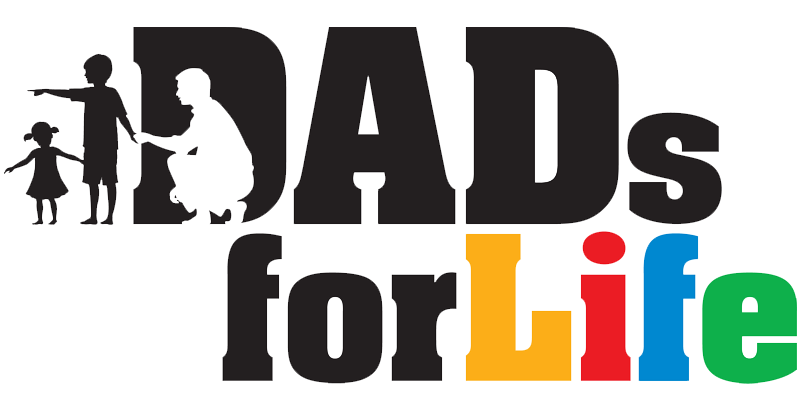Introduction
Sexuality is a critical component of adolescent development. Experts define good sexual health as “not only the absence of disease, but the ability to understand and weigh the risks, responsibilities, outcomes, and impacts of sexual actions, to be knowledgeable of and comfortable with one’s body, and to be free from exploitation and coercion” (NASW, 2001). Conversely, adolescent risky sexual behaviour is associated with unprotected sex, unplanned pregnancy, abortion, and contraction of sexually transmitted infections (STIs) (Riley, 2011), which place adolescents, and their children, if any, at greater risk of poorer future outcomes.
Published statistics on youth sexuality in Singapore paint a concerning picture (MOE, 2009):
- Rates of STIs among teens (statistically defined as between 10 to 19 years) have increased steadily over the years, from 238 cases in 2002 to 787 in 2008.
- Each year, there is a steady average of about 2000 teenage pregnancies.
- A 2006 survey conducted by the Health Promotion Board and the Ministry of Education found that the prevalence of sexual activity among students aged 14 to 19 years was about 8%. Though this figure was lower than in some developed countries, less than a quarter of sexually active youths used any protection against STIs or pregnancy.
Fathers Feature Inadequately in the Context of Teen Sexual Decision-Making
It is well-established that parents can be an important, positive influence on their children’s sexual behaviour.
- Adolescents whose parents talk with them about sexuality are less likely to engage in risky behaviours, including sex (O’Donnell et al, 2007).
- One Chinese study found that parent-adolescent communication about sex lowered the likelihood of adolescents initiating sexual activity and behaviours early (Zhang et al, 2007).
- One study of four Asian countries (Nepal, Philippines, Indonesia and Thailand) found that growing up with two parents, not having frequent quarrels in the family, and having close relationships with parents tend to lower the probability of early initiation of premarital sex (Minja et al, 2004).
Yet parents have considerable difficulty talking with their children about sex. These difficulties appear even more pronounced for fathers, and for father-daughter relationships.
- Mothers are the predominant communicators about sexuality for both sons and daughters (DiIorio et al, 2003; Byers et al, 2008, as cited in Wilson et al, 2010).
- Fathers are more likely to talk about sexuality with their sons than daughters, while mothers are more likely to talk with their daughters than sons (DiIorio et al, 2003; Wyckoff et al, 2008, as cited in Wilson et al, 2010).
- Female adolescents consistently report little sexual communication with their fathers (Hutchinson & Montgomery, 2007, as cited in Hutchinson & Cederbaum, 2010).
- Barriers to father-daughter communication on sex include the lack of a father-child bond; fathers’ difficulties in seeing their daughters as sexual beings; fathers’ inhibitions because of gender differences; and religious beliefs (Hutchinson & Cederbaum, 2010).
What about Singaporean Fathers?
Local research on parent-child interactions suggest similar patterns, with fathers less likely than mothers to communicate with their children.
- One study of 400 parent-youth pairs (222 employed father-youth pairs and 178 employed mother-youth pairs) found that youth were less likely to confide in their fathers, and that fathers played a less active role in providing emotional support to their children, relative to mothers (Ho et al, 2010).
- Only 42% of fathers said they talked to their 13 to 15 year old child “about important issues, such as character, health issues, religion, relationships, sex and illegal drug use” frequently, compared to 62% of mothers of children of the same age (MCYS, 2009).
Fathers Have a Key Role to Play
A growing body of evidence, however, suggests that fathers have a key role to play in nurturing healthy sexuality in teens.
- Adolescents who have close relationships with their fathers or stepfathers tend to delay sexual activity (Regnerus & Luchies, 2006; Burns, 2008, as cited in Wilson et al, 2010), and have less positive attitudes toward having sex during adolescence (Menning et al, 2007, as cited in Wilson et al, 2010).
- Many studies have identified the absence of the biological father from the home as a major risk factor for both early sexual activity (e.g., Day, 1992; Kiernan & Hobcraft, 1997; Newcomber & Udry, 1987, as cited in Ellis et al, 2003) and teenage pregnancy (Geronimus & Korenman, 1992, Hogan & Kitagawa, 1985; McLanahan, 1999, as cited in Ellis et al, 2003).
- A study of Thai youth found that youth who have a close relationship with their father are less likely to initiate premarital sex during adolescence (Minja et al, 2004).
Implications for Practice
These findings help expand the focus on equipping teenagers with the relevant knowledge and skills, to also include the psychosocial aspects of teen sexual decision-making, such father-child relationships, as a point of intervention.
With regard to the role of fathers and the barriers they face in discussing sexuality with their children, family practitioners and parenting workshops could (Hutchinson & Cederbaum, 2010):
- Acknowledge the potentially important role of fathers, not just parents in general;
- Provide fathers with information and knowledge about parent–child sexual communication;
- Identify and address potential barriers to sexual communication with their children;
- Support fathers in developing skills, self-efficacy, and comfort in this area of parenting; and
- Use demonstrations and scripted role-plays to support parents, including fathers, as many parents have not benefited from role-modelling by their own parents.
References:
- Choe, M., Hatmadji, S. H., Podhisita, C., Raymundo, C.M. & Thapa, S. (2004). Substance use and premarital sex among adolescents in Indonesia, Nepal, the Philippines and Thailand. Asia-Pacific Population Journal, 19(1).
- Ellis, B., Bates, J., Dodge, K., Fergusson, D., Horwood, J., Pettit, G., Woodward, L. (2003). Does father absence place daughters at special risk for early sexual activity and teenage pregnancy? Child Development, 74(3), 801–821.
- Ho, K. W., Ho, K. C. & Ong, Q. (2010). Subjective well-being and attitudes related to the family and the role of families in Singapore. Proceedings from International Conference on Fatherhood in the 21st Century Asia: Research, Interventions, and Policies, Singapore. Retrieved from http://www.ari.nus.edu.sg/docs/downloads/Reports-and-Proceedings/FatherhoodReport.pdf
- Hutchinson, K. & Cederbaum, J. (2010). Talking to daddy’s little girl about sex: Daughters’ reports of sexual communication and support from fathers. Journal of Family Issues, Sep 27, 2010. Retrieved from http://jfi.sagepub.com/content/early/2010/09/24/0192513X10384222.full.pdf
- Ministry of Community Development, Youth and Sports (2009). Fatherhood Public Perceptions Survey.
- Ministry of Education [MOE] (2009). Remarks by Dr Ng Eng Hen, Minister for Education and Second Minister for Defence on Sexuality Education Programmes in School. Retrieved from http://www.moe.gov.sg/media/speeches/2009/05/21/remarks-by-dr-ng-eng-hen-on-se.php#footnote-1
- National Association of Social Workers [NASW] (2001). Parents, peers, and pressures: Identifying the influences on responsible sexual decision-making. Practice Update from the National Association of Social Workers, 2(2). Retrieved from http://www.naswdc.org/practice/adolescent_health/ah0202.asp
- Riley, B. (2011). Parental influences on late adolescents’ autonomous motivation and sexual risk knowledge and behaviour. Retrieved from ProQuest Dissertations and Theses. (ATT 916755033).
- Wilson, E., Dalberth, B. & Koo, H. (2010). “We’re the heroes!”: Fathers’ perspectives on their role in protecting their pre-teenage children from sexual risk. Perspectives on sexual and reproductive health, 42(2), 117–124.
- Zhang, l., Li, X., Shah, I. H., Baldwin, W., & Stanton, B. (2007). Parent- adolescent sex communication in China. The European Journal of Contraceptive and Reproductive Health Care, 12(2), 138-147.
About the Author: The Dads for Life Resource Team comprises local content writers and experts, including psychologists, counsellors, educators and social service professionals, dedicated to developing useful resources for dads.
First published on 06-02-2012.

